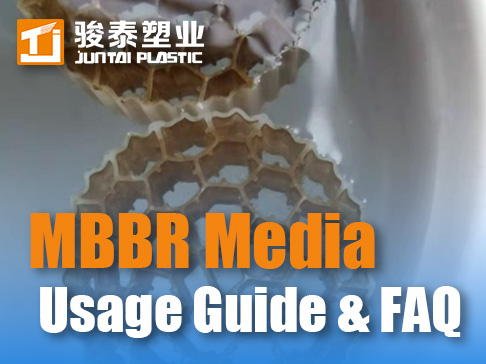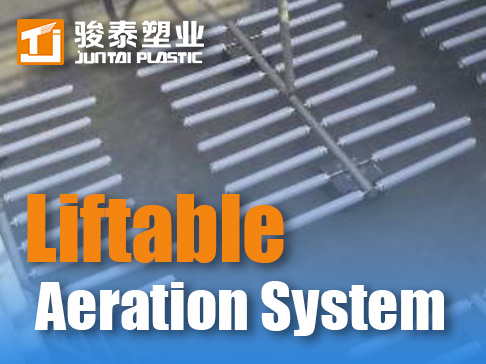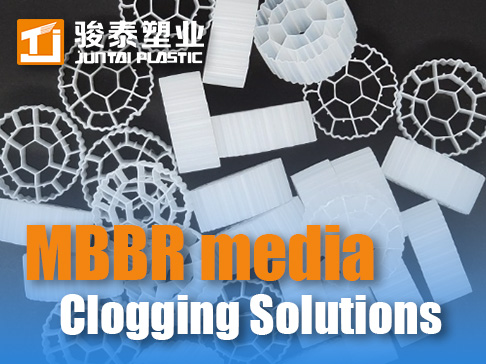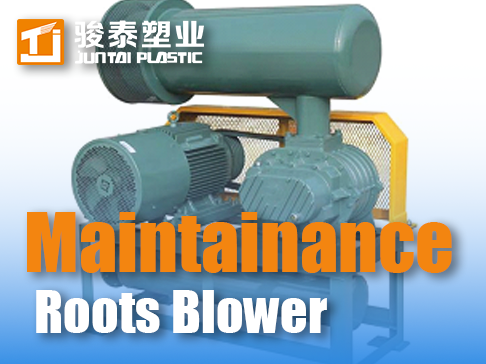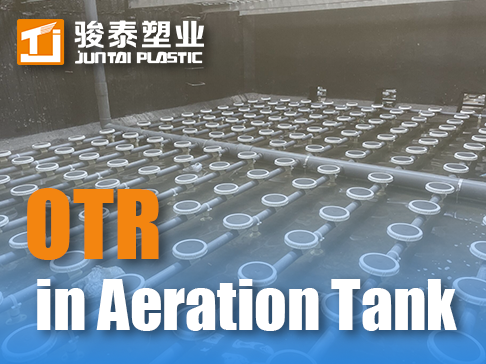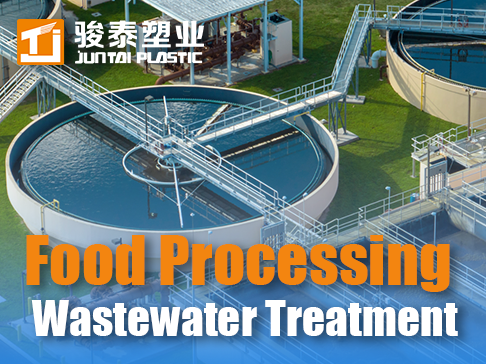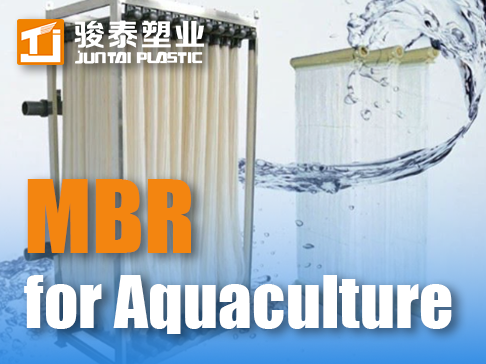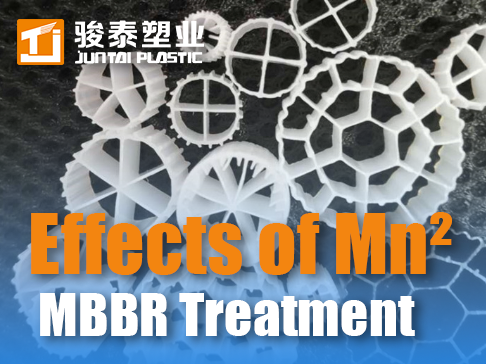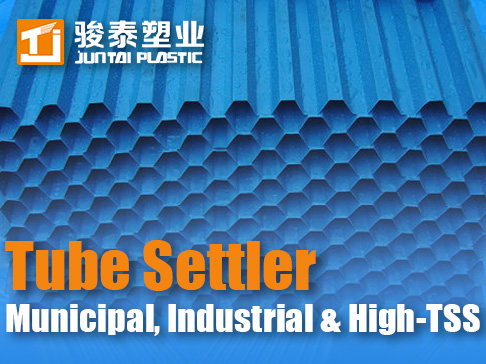 +86 13600513715
+86 13600513715 Key Factors Influencing MBBR Systems Part 1
Introduction
The Moving Bed Biofilm Reactor (MBBR) is an advanced wasteWater Treatment technology that utilizes suspended biofilm carriers to achieve efficient organic and nutrient removal. Its performance depends on multiple interacting factors, includingcarrier characteristics, operational conditions, and system design. Understanding these variables is crucial for optimizing MBBR efficiency in applications ranging from municipal wastewater to industrial effluent treatment. This article examines the critical parameters governing MBBR performance and their practical implications.
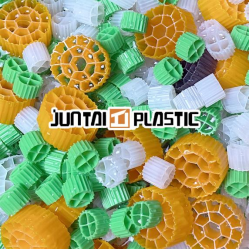
Key Factors to Be Analyzed:
- Carrier Media
- Dissolved Oxygen (DO)
- Hydraulic Retention Time (HRT)
- Water Temperature
- pH Value
- Other Factors
Carrier Media
The technological cornerstone of Mbbr Systems lies in the biofilm carriers - buoyant polyethylene plastic media designed for free movement with minimal agitation. These carriers typically feature a hollow structure where water occupies 95% of each unit's internal volume (void ratio = 0.95).
Key Media Characteristics
- Fill Ratio: Optimally maintained ≤70% of reactor volume to ensure proper fluidization
- Specific Surface Area (SSA):
- Theoretical SSA: 700-1200 m²/m³ (bare carrier)
- Effective SSA: 500-800 m²/m³ (with biofilm attachment)
Design Considerations
- Media Geometry
- Internal protected surfaces promote stable biofilm formation
- External turbulence enhances mass transfer and self-cleaning
- Application-Specific Selection
| Wastewater Type | Recommended Media |
| Low pretreatment/High fibers | Larger media with lower SSA (500-700 m2/m3) |
| High-quality pretreated water/Nitrification | Smaller high-SSA media (800-1200 m2/m3) |
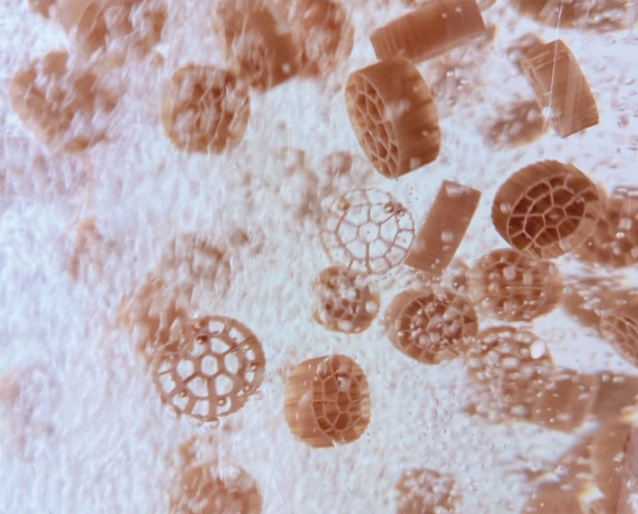
Mechanistic Advantages
- The rotating motion creates ideal biofilm thickness (150-200 μm)
- Continuous abrasion prevents excessive biomass accumulation
- Protected internal surfaces maintain nitrifying bacteria during shock loads
This media design achieves 20-30% higher nutrient removal efficiency compared to fixed-bed systems while reducing energy consumption by 40-60% for mixing.
Dissolved Oxygen (DO)
Extensive research has demonstrated that DO concentration serves as a critical limiting factor in achieving simultaneous nitrification-denitrification (SND) within MBBR systems. Through precise DO control, distinct aerobic and anoxic zones can be established within the biofilm structure, creating optimal conditions for SND.
Mechanistic Effects of DO Concentration
- High DO Conditions (>2 mg/L):
- Oxygen penetration prevents anoxic zone formation in biofilm
- Efficient ammonia oxidation (97-99% removal)
- Elevated nitrate accumulation → Increased total nitrogen (TN) in effluent
- Low DO Conditions (~1 mg/L):
- Expanded anoxic zones enhance denitrification
- Compromised nitrification (84% ammonia removal)
- Rising ammonia concentrations → Increased TN
Optimal DO Range for Municipal Wastewater
- 2 mg/L: Achieves 97-99% ammonia removal (<1.0 mg/L effluent)
- <1 mg/L: Ammonia removal drops to 84% with notable effluent degradation
Operational Considerations
- Excessive DO Risks:
- Accelerated organic matter decomposition → Microbial starvation
- Sludge aging and floc structure deterioration
- Unnecessary energy consumption (30-50% higher aeration costs)
Carrier-Mediated Oxygen Transfer Enhancement
Studies by Cao Zhanping et al. revealed:
- Oxygen transfer efficiency increases with fill ratio up to 60%
- Mechanisms:
- Enhanced liquid turbulence from fluidized media
- Continuous renewal of gas-liquid interfaces
- Triphasic (water-air-media) interaction boosts mass transfer
- Threshold Effect:
- Beyond 60% fill ratio → Fluidization quality declines → 15-20% drop in oxygen transfer rate
Process Optimization Guidelines
| Parameter | Optimal Range | Effect |
| DO Concentration | 1.5-2.5 mg/L | Balanced SND |
| Media Fill Ratio | 40-60% | Max O₂ transfer |
| Aeration Intensity | 0.3-0.5 m³air/m³h | Energy efficiency |
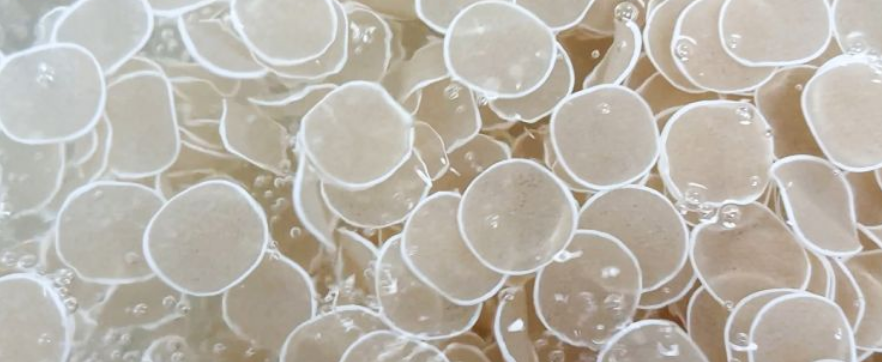
Conclusion
DO management requires system-specific calibration considering:
- Target removal efficiencies (nitrogen vs. COD)
- Media fill ratio and reactor hydraulics
- Energy consumption constraints
Hydraulic Retention Time (HRT)
Hydraulic Retention Time (HRT) serves as a critical operational parameter that directly influences both treatment efficiency and economic feasibility in MBBR systems. The duration of HRT determines the contact time between organic pollutants and biofilm, thereby affecting microbial adsorption and degradation rates. Identifying optimal HRT for different wastewater types represents a fundamental challenge in process design.
Key Research Findings
- Organic Removal Efficiency:
- SH Hosseini's study on phenolic wastewater demonstrated:
- Conventional trend: COD removal efficiency improves with extended HRT
- Critical discovery: When CODph/CODtot ratio reaches 0.6 (CODph=480mg/L), maximum COD removal becomes HRT-independent
- Domestic studies confirm:
- Prolonged HRT generally reduces effluent COD concentration
- HRT reduction possible through increased media fill ratio (up to 70%)
- Lower fill ratios (40-50%) acceptable for less stringent effluent requirements
- Ammonia Removal Dynamics:
- Low-to-medium nitrogen loading:
- Ammonia removal rates maintained or improved with reduced HRT
- Surface loading increases proportionally
- High nitrogen loading:
- HRT reduction leads to declining ammonia removal efficiency
- Biofilm saturation observed at surface loads >4g NH₄⁺-N/m²·d
Research Limitations and Opportunities
Current studies primarily focus on isolated HRT effects, with notable exceptions like Hosseini's work that integrated:
- Pollutant composition analysis (CODph/CODtot ratio)
- Interactive parameter effects
- Process limitation thresholds
Recommended Optimization Approach
| Wastewater Characteristic | HRT Range | Media Fill Ratio |
| High-strength organic (COD>800mg/L) | 6-12h | 60-70% |
| Medium nitrogen load (NH₄⁺-N 30-50mg/L) | 4-8h | 50-60% |
| Low-strength municipal | 2-4h | 40-50% |
Future Research Needs
- Multivariate analysis of HRT interactions with:
- Temperature fluctuations
- Microbial community dynamics
- Carrier geometry effects
- Development of adaptive HRT control algorithms for:
- Shock load mitigation
- Energy optimization
- Seasonal variation compensation
This comprehensive understanding of HRT effects underscores the need for system-specific optimization that considers both biokinetic principles and economic constraints. Subsequent research should employ mechanistic modeling coupled with real-world validation to advance MBBR design methodologies.




